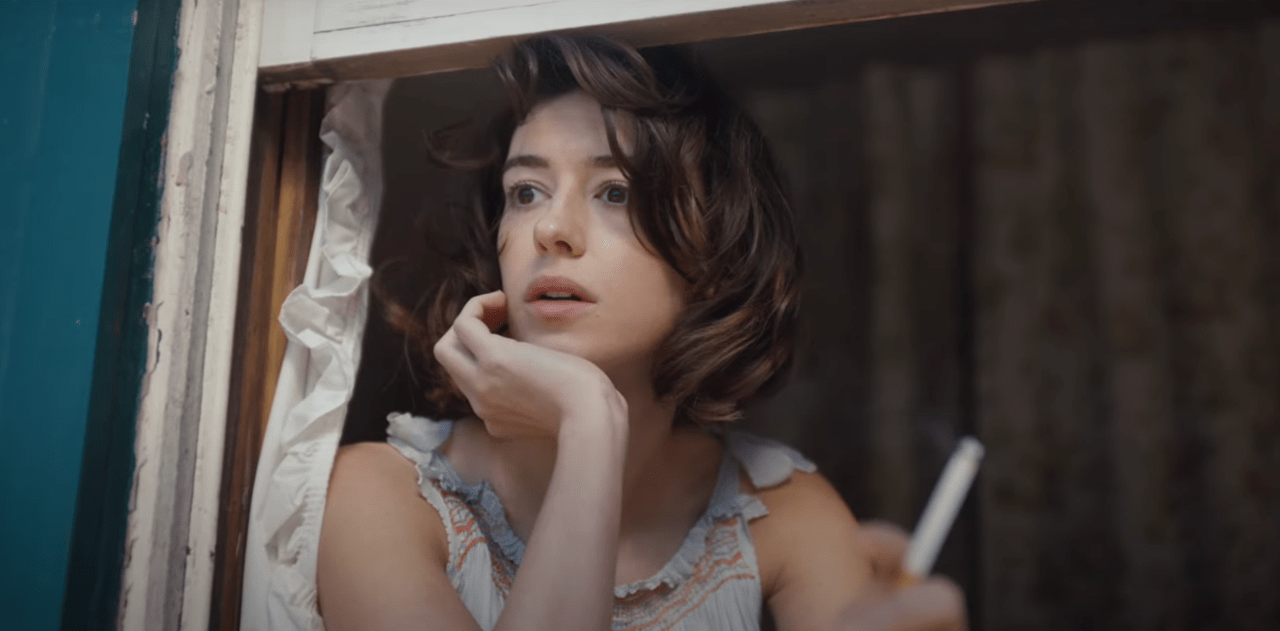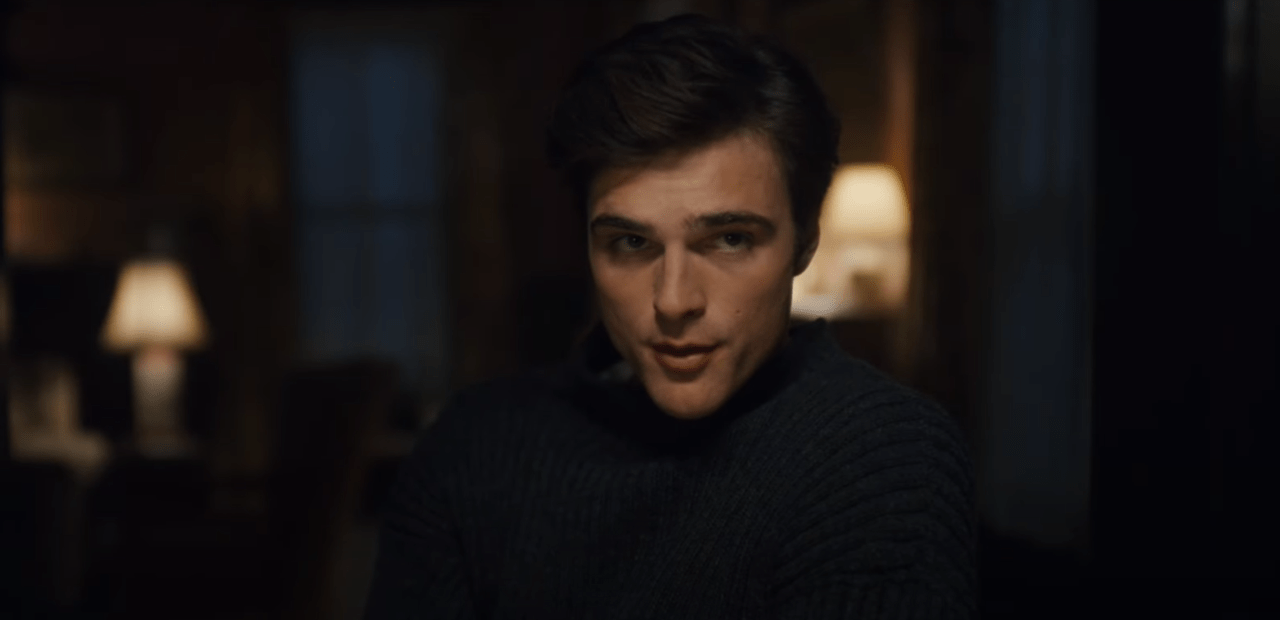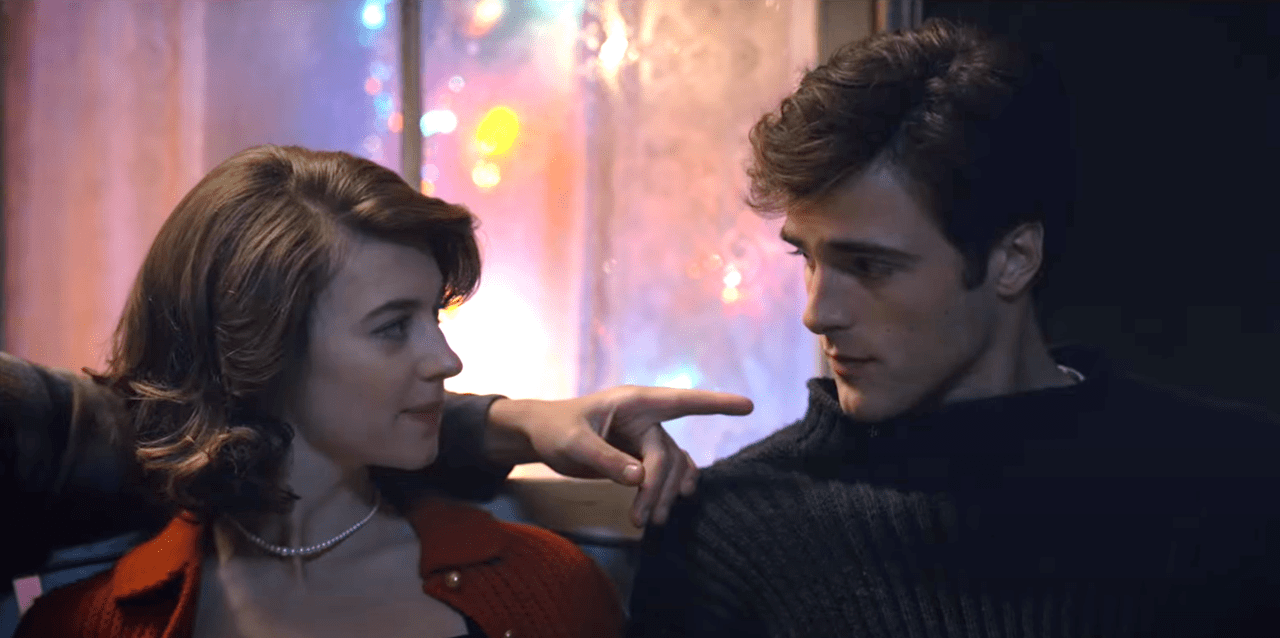Helmed by Daniel Minahan, ‘On Swift Horses‘ chronicles the lives of Muriel and Lee, whose fresh start at life in the American West is taken for a ride with the arrival of Lee’s brother, Julius. The latter has a gambling addiction, and his intentions as the family’s newest member remain obscured for a long time. In the meantime, Muriel steps out of her conventional role as a homemaker and experiences the joys of living in a new company, namely Sandra. It becomes apparent that Julius and Muriel have more in common than they thought, and an unspoken through line begins to form between all these individual lives, charting out the deep, but dark history of that period. The romantic drama explores the concept of love in all its shades and brings forth a resounding perspective on life as a whole.
On Swift Horses is Based on a Novel by Shannon Pufahl

While ‘On Swift Horses’ is a work of fiction, a closer look at its origins reveals many inspirational elements. The film is based on the eponymous novel by Shannon Pufahl, which was then adapted to the screen by writer Bryce Kass. The original novel found its roots in the author’s interest in history and how it clashes with ideas of progressiveness. From there, she decided the American West, in particular, the city of Las Vegas, would be the backdrop to the narrative. In an interview with Debutiful, she explained the reasoning behind this, describing Sin City as a liminal place for many social misfits to come and carve out their lives. As such, the city became a perfect vessel for the exploration of post-war and queer anxieties, amongst a host of other themes.
Pufahl went further into the details of her creative process, citing her primary inspiration: “When I began researching, one archival photo stood out to me: tourists in fancy dress on a casino roof at 5 a.m., watching an atomic bomb explode in the desert beyond the city’s edge. This became a central image of the book, one that speaks to me of hubris, majesty, violence, and erasure – words that describe the West in the 1950s.” In doing so, the author also displayed her acute consciousness of the material conditions that surrounded the people vying for change. Going further, she acknowledged that many of these voices got buried over time, and that her work is also an attempt to recover their history and bring it to a wider audience.

As such, the characters are no exception, and Pufhal had her own mindset going into the creation process for every single one. She revealed that the protagonist, Muriel, turned out to be the most difficult to work on, in large part due to her being inspired by the author’s grandmother. Pufhal expressed her desire to honor the past and thus had to tread carefully in developing the nuances in Muriel’s identity. With Julius, on the other hand, the author had an easier time. She described him as “a product of that era, the mid-to-late 1950s, with its mixture of rebellion and repression, and of a fading cowboy culture in the West that was being supplanted by urbanism.” As such, he can be interpreted as a composite drawn from that period, grounding the story with his sympathetic journey.
On Swift Horses Uses Metaphoric Language to Depict its Themes
A good chunk of ‘On Swift Horses’ is about Muriel discovering the world of gambling and the ebbs and flows that come with it. Director Daniel Minahan explained in an interview with Screenrant that gambling is a deeply relevant narrative device. He stated, “This is a film about characters who are hiding themselves, and about people who are finding each other (…) think there’s a lot of danger in what they’re all doing, and then it’s literally gambling with their safety and their happiness to be who they really are.” As such, the movie employs the real-life tradition of gambling in Las Vegas but portrays it in an entirely new light, as an instrument of human connection.

Another core component of the story lies in the time period it captures. The 1950s were marked by a period of anti-queer rights activism, which came to be known as the Lavender Scare. From there, the issue grew even larger, eventually encompassing the Mexican American Civil Rights Movement. Both these historical events inform the movie, and in an interview with the Hollywood Reporter, actor Sasha Calle, who plays Sandra, spoke about how the director compiled a number of historical resources, from documentaries to music and used to to add a touch of realism in his portrayal of the era, making sure to capture it in as much detail as possible. Doing this also allowed the actors to grow along with their characters, which helped them find their footing in the role.
‘On Swift Horses’ does not limit its pool of inspirations to characters and the broader themes. Instead, it seeped through into the finer details of the movie, such as its costume designs. Jeriana San Juan, the lead costume designer for the movie, spoke about her creative process at length in a conversation with The Art of Costume. She revealed many of her sources, ranging from the Daughters of Bilitis, which was the first lesbian civil rights organization in the country, to the paintings of John Koch, whose work helped create the mood and aesthetic sensibilities of the story. Notably, the costumes and how the characters presented themselves in public also referenced ‘The Invisibles,’ a book by Sebastien Lifshitz, which captured gay couples in flea markets. All these resources played a major role in breathing life into the movie and the story behind it.
Read More: Is Netflix’s Aema Based on a True Story?


You must be logged in to post a comment.